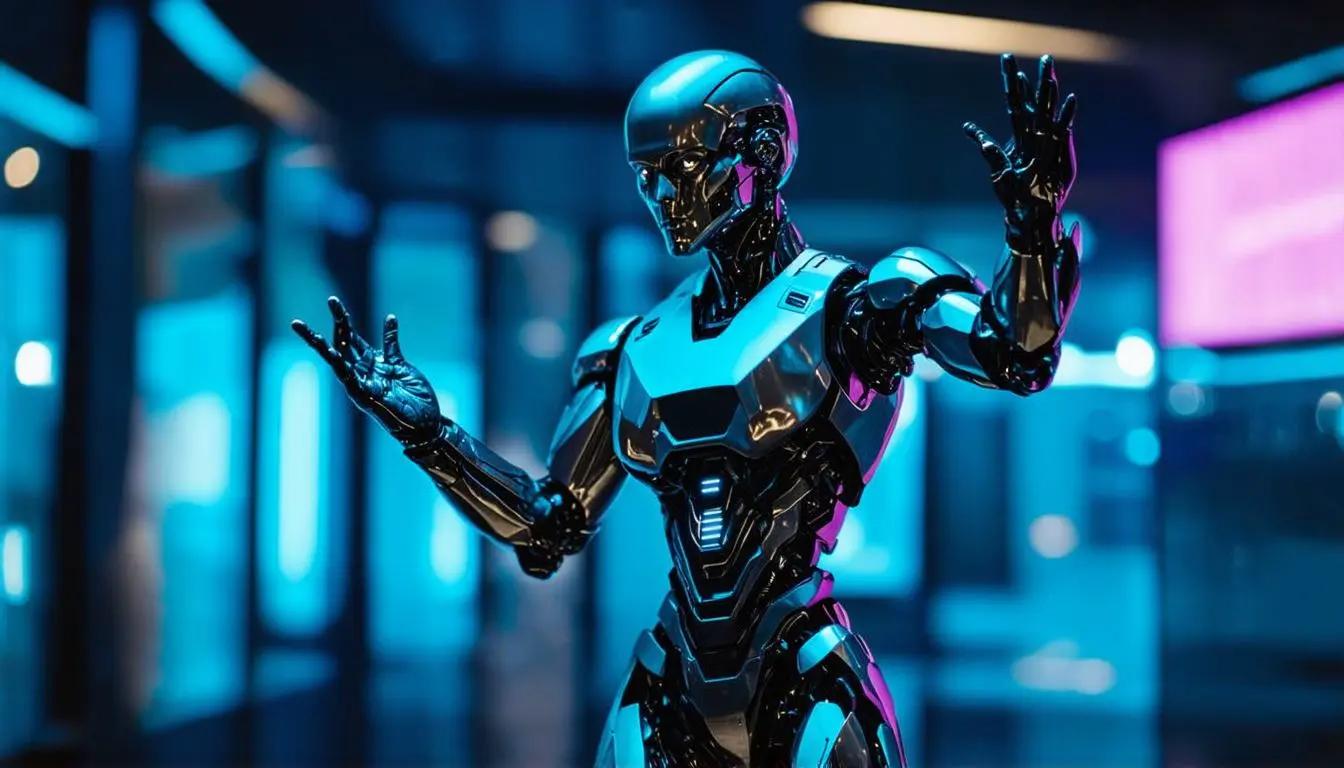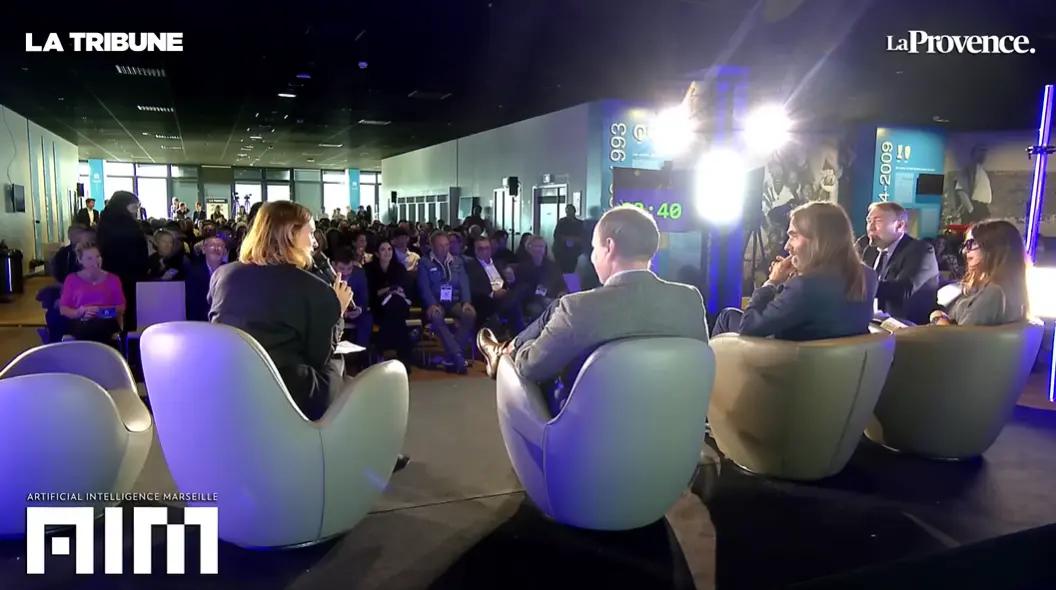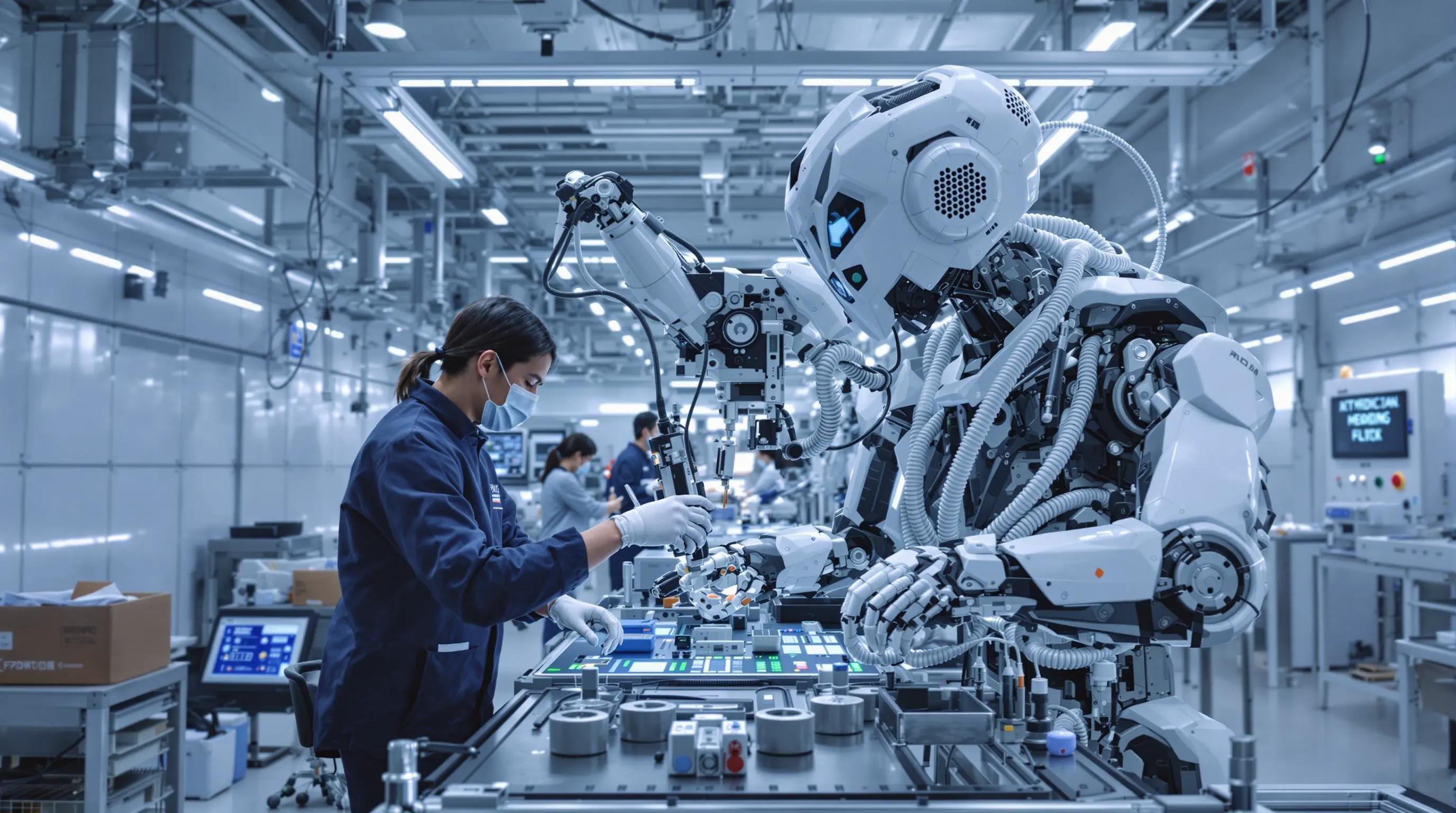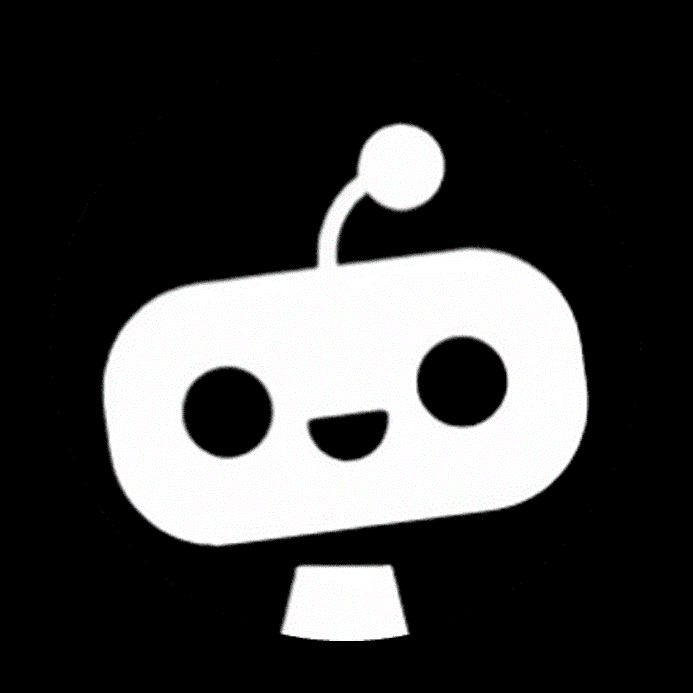July 30, 2024|9 min reading
The Era of Physical AI: Revolutionizing Robotics with Nvidia

Introduction
The future of robotics is here, marked by the advent of physical AI models that not only understand but interact with the physical world. These advancements in artificial intelligence are poised to revolutionize how robots are developed and deployed, particularly humanoid robots that mimic human capabilities. Nvidia, a leader in AI and computing technologies, is at the forefront of this revolution. Their innovative platforms—Nvidia AI, Omniverse, and Jetson Thor—along with generative AI-enabled developer tools, are simplifying and accelerating the development of advanced robots. This article delves into how Nvidia's technologies are empowering developers to create the next generation of humanoid robots, embodying physical AI.
Nvidia AI: The Powerhouse of Physical AI Development
Nvidia AI serves as the cornerstone of the company's efforts to simplify and enhance the workflows required to develop complex physical AI models. Leveraging vast amounts of data and robust computational resources, Nvidia AI accelerates the training and deployment of these sophisticated models. The platform's integration with generative AI tools further enhances its capabilities, enabling the creation of large-scale synthetic datasets from minimal initial data captures. This synergy of real and synthetic data is crucial in developing robots that can navigate and interact with the physical world with unprecedented precision.
Omniverse: A Virtual Universe for Physical AI
Nvidia Omniverse is a groundbreaking platform that provides a collaborative virtual environment for developers working on physical AI models. This platform allows for real-time simulation and visualization, making it easier to design, test, and refine humanoid robots. Omniverse's ability to simulate various environments and scenarios enables developers to predict how their robots will perform in the real world, thus reducing the need for extensive physical testing.
Jetson Thor: The Hardware Backbone
Jetson Thor, Nvidia's advanced computing platform, plays a pivotal role in bringing physical AI models from the virtual realm to the real world. This platform supports high-performance computing and AI processing, making it ideal for deploying complex humanoid robots. Jetson Thor's capabilities ensure that robots can process and respond to real-world stimuli in real-time, a critical feature for tasks requiring high levels of precision and reliability.
Project Groot: A General Humanoid Robot Foundation Model
Project Groot represents Nvidia's ambitious endeavor to create a general foundation model for humanoid robots. This project involves capturing human demonstrations and using them to train robots via a generative simulation framework known as Rooc Casa. The captured data is then augmented using Mimic Gen Nim, which generates large-scale synthetic motion datasets. This comprehensive approach ensures that the Groot model is robust and capable of performing a wide range of tasks in diverse environments.
Isaac Sim: The Virtual Testing Ground
Nvidia Isaac Sim is an integral part of the development pipeline for physical AI models. This cloud-based simulation platform enables software-in-the-loop (SIL) testing, allowing developers to validate their models in a controlled virtual environment before deploying them to physical hardware. Isaac Sim's detailed simulations help identify potential issues early in the development process, saving time and resources.
From Simulation to Reality: Hardware-in-the-Loop Validation
Once the models have been refined in Isaac Sim, they undergo hardware-in-the-loop (HIL) validation on Jetson Thor. This step is crucial for ensuring that the models perform as expected when deployed on physical robots. The combination of SIL and HIL testing provides a comprehensive validation framework, minimizing the risk of errors and enhancing the reliability of the final product.
Osmo Robotics Cloud: Orchestrating the Workflow
Managing the complex workflows involved in developing physical AI models requires efficient orchestration of computational resources. Nvidia's Osmo Robotics Cloud offers a robust solution for this challenge. This service manages job assignments and scales computing resources across distributed systems, ensuring that developers can efficiently handle the massive data processing and training tasks required for advanced robotics.
Empowering Developers Worldwide
The integration of Nvidia's AI, Omniverse, and Jetson Thor platforms, along with their generative AI tools, is revolutionizing the field of robotics. These technologies provide developers with the tools and resources they need to create sophisticated humanoid robots capable of interacting with the physical world. By simplifying the development process and enhancing the capabilities of physical AI models, Nvidia is paving the way for a new era of robotics.
The Impact of Physical AI on Industries
The advancements in physical AI are set to transform various industries, from manufacturing to healthcare. In manufacturing, humanoid robots equipped with physical AI can perform complex tasks with precision, improving efficiency and reducing the risk of errors. In healthcare, these robots can assist in surgeries, provide support for elderly care, and perform other critical functions that require a high level of accuracy and reliability.
Challenges and Future Prospects
While the progress in physical AI is impressive, it is not without challenges. Developing models that can accurately understand and interact with the physical world requires vast amounts of data and computational power. Additionally, ensuring the safety and ethical use of humanoid robots is a significant concern. However, with continuous advancements in AI and computing technologies, these challenges are being addressed, and the future prospects for physical AI are promising.
Conclusion
The era of physical AI is upon us, heralded by the development of sophisticated humanoid robots that can understand and interact with the physical world. Nvidia's innovative platforms and tools are at the forefront of this revolution, providing the resources and support needed to create these advanced robots. As we continue to explore the possibilities of physical AI, the impact on industries and everyday life will be profound, ushering in a new age of technological advancement and human-robot collaboration.
FAQs
What is physical AI? Physical AI refers to artificial intelligence models that can understand and interact with the physical world. These models are often embodied in robots, particularly humanoid robots, that mimic human capabilities and perform complex tasks.
How does Nvidia contribute to the development of physical AI? Nvidia contributes to the development of physical AI through its innovative platforms like Nvidia AI, Omniverse, and Jetson Thor. These platforms provide the computational resources, simulation environments, and tools needed to develop, test, and deploy sophisticated humanoid robots.
What is Project Groot? Project Groot is Nvidia's initiative to create a general foundation model for humanoid robots. It involves capturing human demonstrations and using generative simulation frameworks to train robots, ultimately creating robust models capable of performing a wide range of tasks in diverse environments.
How does Isaac Sim aid in the development of physical AI models? Isaac Sim is a cloud-based simulation platform that enables software-in-the-loop testing of physical AI models. It allows developers to validate their models in a virtual environment before deploying them to physical hardware, identifying potential issues early in the development process.
What is the role of Jetson Thor in physical AI development? Jetson Thor is Nvidia's advanced computing platform that supports high-performance computing and AI processing. It is used for deploying complex humanoid robots, ensuring they can process and respond to real-world stimuli in real-time.
What industries will be most impacted by physical AI? Industries such as manufacturing and healthcare will be significantly impacted by physical AI. In manufacturing, humanoid robots can improve efficiency and precision, while in healthcare, they can assist in surgeries and elderly care, among other critical functions.
Explore more

Sora Video Generation Launch: Revolutionizing Creative AI
Discover the groundbreaking Sora video product launch, redefining AI-powered creative tools for global users.

The Race for Artificial General Intelligence: Superintelligence and Society
Explore the debate on artificial general intelligence and superintelligence, featuring expert insights on its possibilit...

NVIDIA and Japan: Driving the AI Revolution in Industry
Explore NVIDIA's role in Japan’s AI revolution, from AI agents to robotics, reshaping industries and powering innovation...
